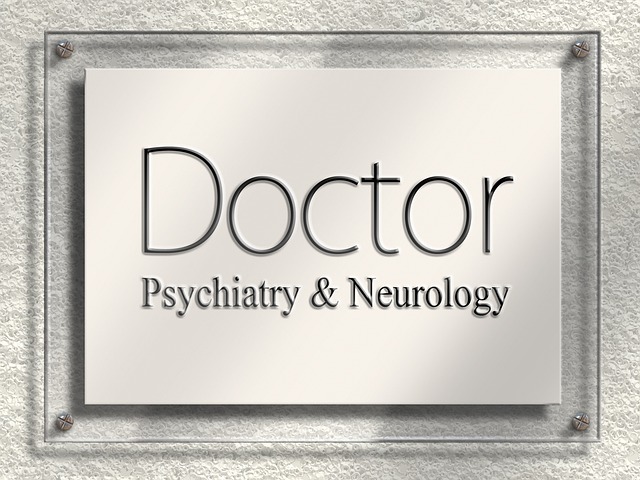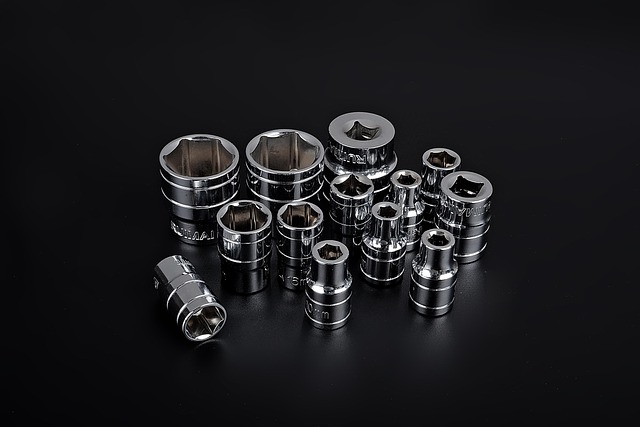Skin tags, medically acrochordons, are harmless growths treatable by certified skin tag removal doctors. These professionals assess tags, guide safe methods like cryotherapy or excision, and provide post-care instructions. While at-home remedies are affordable, professional services offer better results for larger tags with advanced equipment. Post-removal care ensures optimal healing and prevents complications. Consult a certified doctor in UK locations like Nottingham, Leeds, Wakefield, Bradford, Colchester, etc., for effective skin tag removal.
Want to get rid of those pesky skin tags? This comprehensive guide offers a step-by-step approach to safe and effective removal. First, we demystify skin tags, exploring their causes and types. Next, learn why consulting a certified skin tag removal doctor is crucial for optimal results. We weigh the pros and cons of at-home versus professional treatments and detail common removal methods. Finally, discover post-removal care tips and prevention strategies to keep those tags at bay.
- Understanding Skin Tags: Causes and Types
- Consulting a Certified Skin Tag Removal Doctor
- Evaluating Your Skin for Safe Removal Options
- At-Home vs Professional Treatments: Pros and Cons
- Common Removal Methods Explained
- Post-Removal Care and Prevention Tips
Understanding Skin Tags: Causes and Types

Skin tags, medically known as acrochordons, are small, soft skin growths that typically appear as harmless bumps on various parts of the body. They are common and usually don’t cause any pain or discomfort. Certified skin tag removal doctors often receive inquiries about these growths from folks in Liverpool seeking safe skin tag removal options.
Causes can vary, but they most commonly form due to friction or irritation, such as where clothing rubs against the skin. Skin tags can be inherited, and certain conditions like diabetes or obesity may increase their occurrence. They come in various types, including single tags and cluster tags, and their size ranges from tiny, barely noticeable dots to larger growths. Understanding these aspects is crucial for anyone aiming to resolve skin tag issues once and for all, with the guidance of a certified professional.
Consulting a Certified Skin Tag Removal Doctor

If you’re considering removing skin tags, consulting a certified skin tag removal doctor is a crucial step. These professionals have the expertise and training to safely and effectively eliminate skin tags using various methods, from topical treatments to surgical excision. A certified doctor will also be able to assess your specific case, advise on the best course of action, and provide post-treatment care instructions to ensure optimal results.
For those in the UK, options like private skin tag removal nottingham, skin tag removal leeds, or skin tag removal wakefield can offer convenient access to these specialized services. Remember, DIY methods can be risky and may lead to infection or scarring. Always trust your procedure to a qualified healthcare provider to maintain your safety and the aesthetic integrity of your skin.
Evaluating Your Skin for Safe Removal Options

Evaluating your skin is a crucial step before attempting any form of skin tag removal. It’s important to consult with a certified skin tag removal doctor, like those found at Bradford Skin Tag Clinic, to ensure safety and effectiveness. A qualified professional will assess the number, size, location, and type of skin tags you have, as well as consider your overall skin health.
This evaluation is essential because not all skin tags are created equal. Some may be harmless and can be safely removed at home, while others could be indicative of underlying medical conditions or more complex issues. A best doctor for skin tag removal will guide you through the process, explaining the risks and benefits of different removal methods—whether it’s freezing (cryotherapy), cutting (excision), burning (cauterization), or other techniques—to determine the most suitable approach for your specific case.
At-Home vs Professional Treatments: Pros and Cons

When deciding between at-home and professional treatments for skin tags, it’s crucial to weigh the pros and cons of each option. At-home remedies offer a more affordable and convenient approach, allowing you the privacy and comfort of treating skin tags in your own space. Additionally, many people prefer this method due to its non-invasive nature, avoiding the potential risks associated with professional procedures. However, over-the-counter treatments may not be as effective for larger or more persistent skin tags, and their success can vary greatly depending on individual skin types.
In contrast, visiting a certified skin tag removal doctor provides guaranteed results, especially for stubborn cases. Professional services like those offered at top-rated skin tag removal clinics in Maidstone or private salons in Salford ensure precise and safe removal techniques using advanced equipment. While this option may come with a higher cost, it guarantees immediate relief from skin tags, often with minimal downtime. Compared to DIY methods, professional treatments reduce the risk of infection, scarring, or irregular removal, ensuring your skin remains healthy and smooth.
Common Removal Methods Explained

Skin tags are common skin growths that many people choose to remove for cosmetic reasons or to prevent discomfort. There are several methods employed by certified skin tag removal doctors to eliminate these tags, each with its own advantages and considerations. One of the most traditional approaches is surgical excision, where a doctor cuts out the tag using a scalpel or scissors, ensuring a clean removal. This method is effective but may leave a small scar, especially if the skin tag is large.
Alternative options include cryotherapy, where extreme cold is used to freeze and destroy the skin tag, and laser treatments, which target the blood vessels supplying the growth. Private skin tag removal services in cities like Gillingham, Bristol, and Gloucester offer these procedures, ensuring patients receive specialized care. Cryotherapy is generally quick and relatively painless, while lasers provide a more precise method, making it suitable for tags close to sensitive areas. Each technique has its own downtime and recovery periods, so choosing the right method depends on individual preferences and the advice of a certified professional.
Post-Removal Care and Prevention Tips

After successfully removing skin tags with the help of a certified skin tag removal doctor, proper post-care is essential to ensure optimal healing and prevent potential complications. It’s crucial to keep the treated area clean and dry, gently washing it with mild soap and water. Avoid scratching or rubbing the spot, as this can introduce bacteria and delay healing. Using a soft, clean cloth to pat the area dry after washing is recommended.
To prevent future skin tags from forming, maintain good hygiene practices, especially in areas prone to skin tag development like the neck, armpits, and groin. Additionally, staying hydrated and maintaining a balanced diet can help keep your skin healthy. If you live in areas like Colchester or Wakefield, where access to certified skin tag removal services is readily available (skin tag removal: what you need to know), taking proactive measures can be easier. Regular check-ups with dermatologists in these regions can also aid in early detection and prevention of skin tags.
Removing skin tags can be done safely and effectively with proper knowledge and guidance. While some methods can be tried at home, consulting a certified skin tag removal doctor is advisable for accurate diagnosis and suitable treatment options. By understanding the causes, types, and available procedures, you can make an informed decision. Always evaluate your skin and consider professional care for optimal results and to prevent complications.
